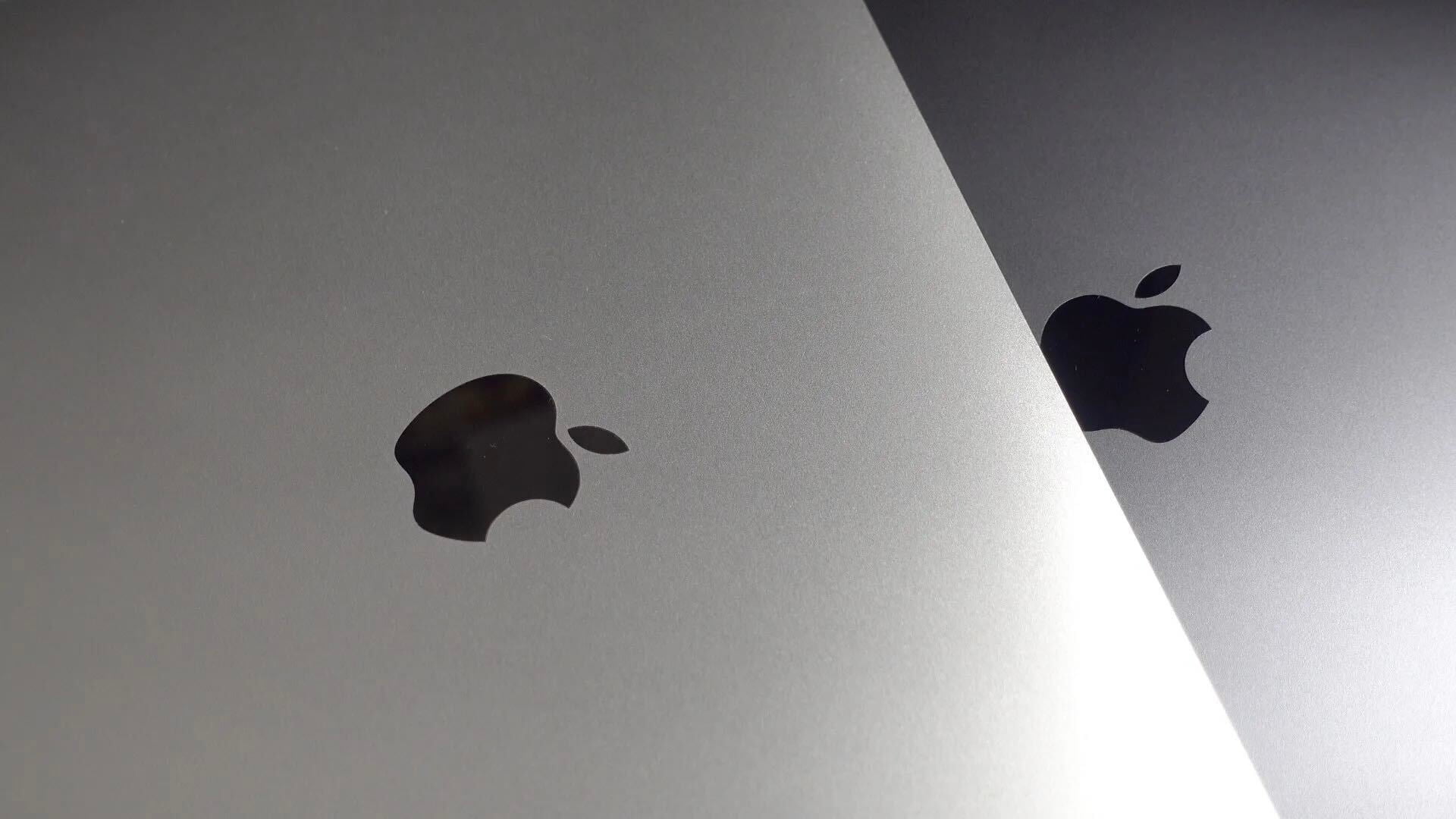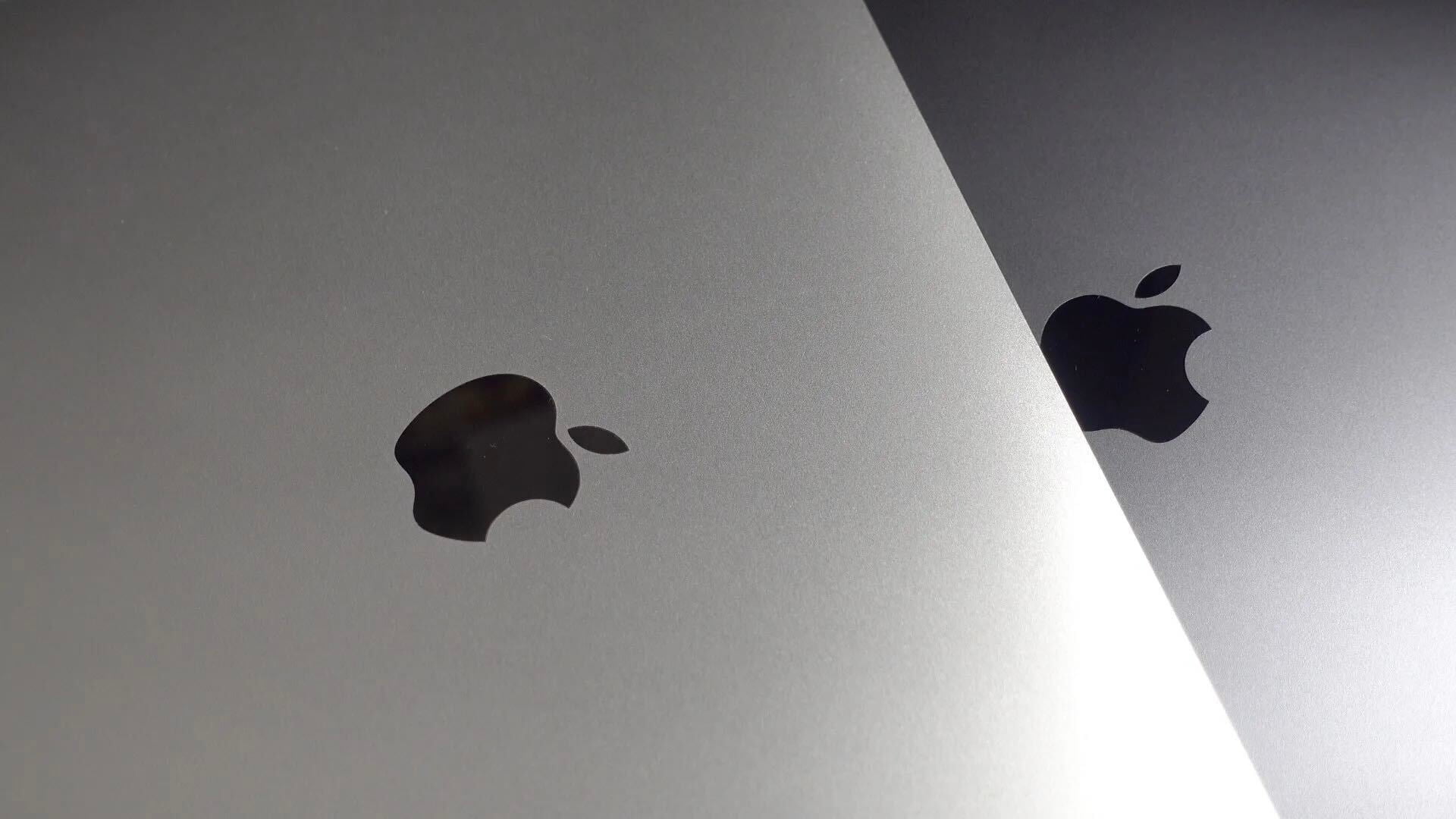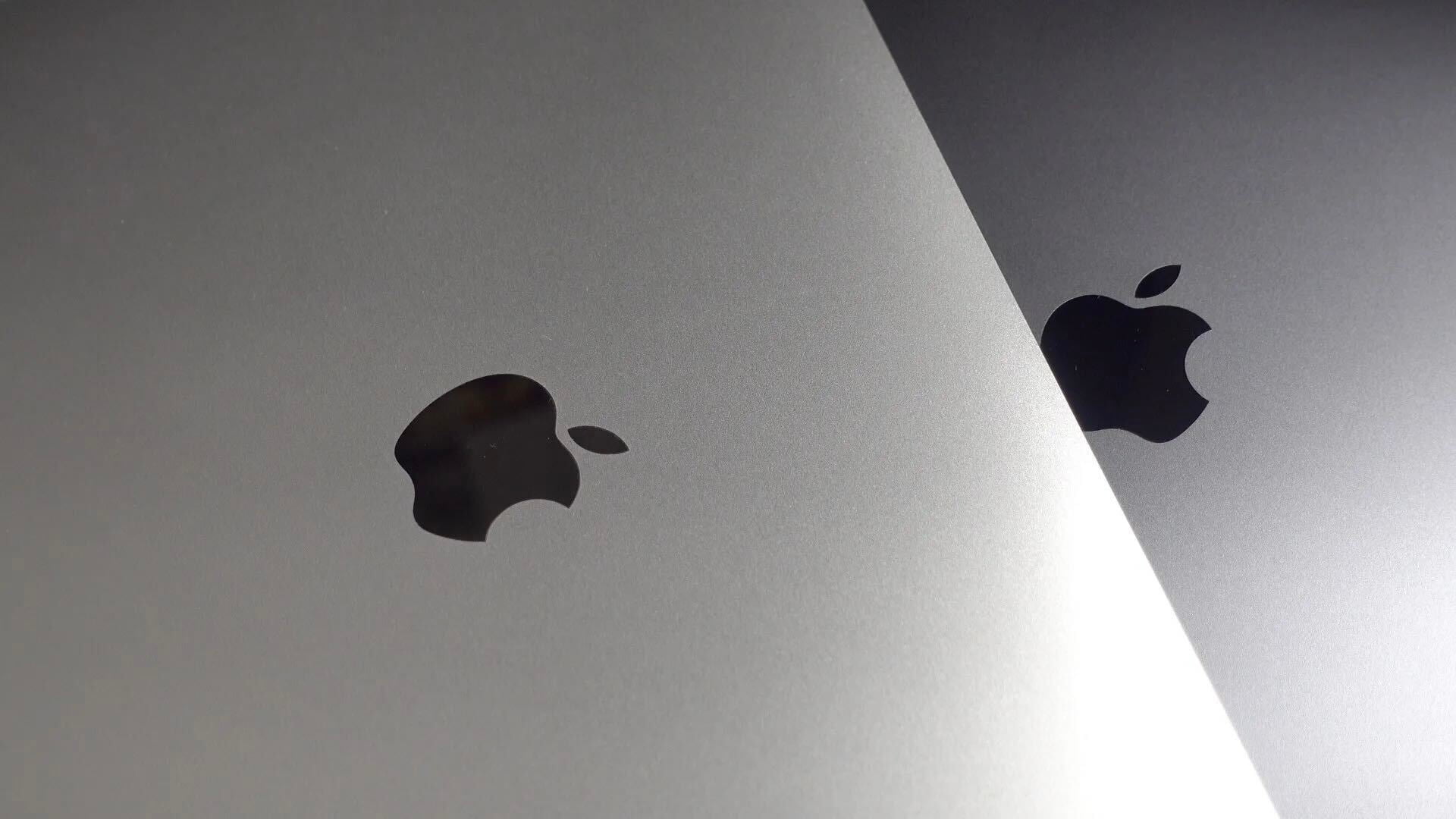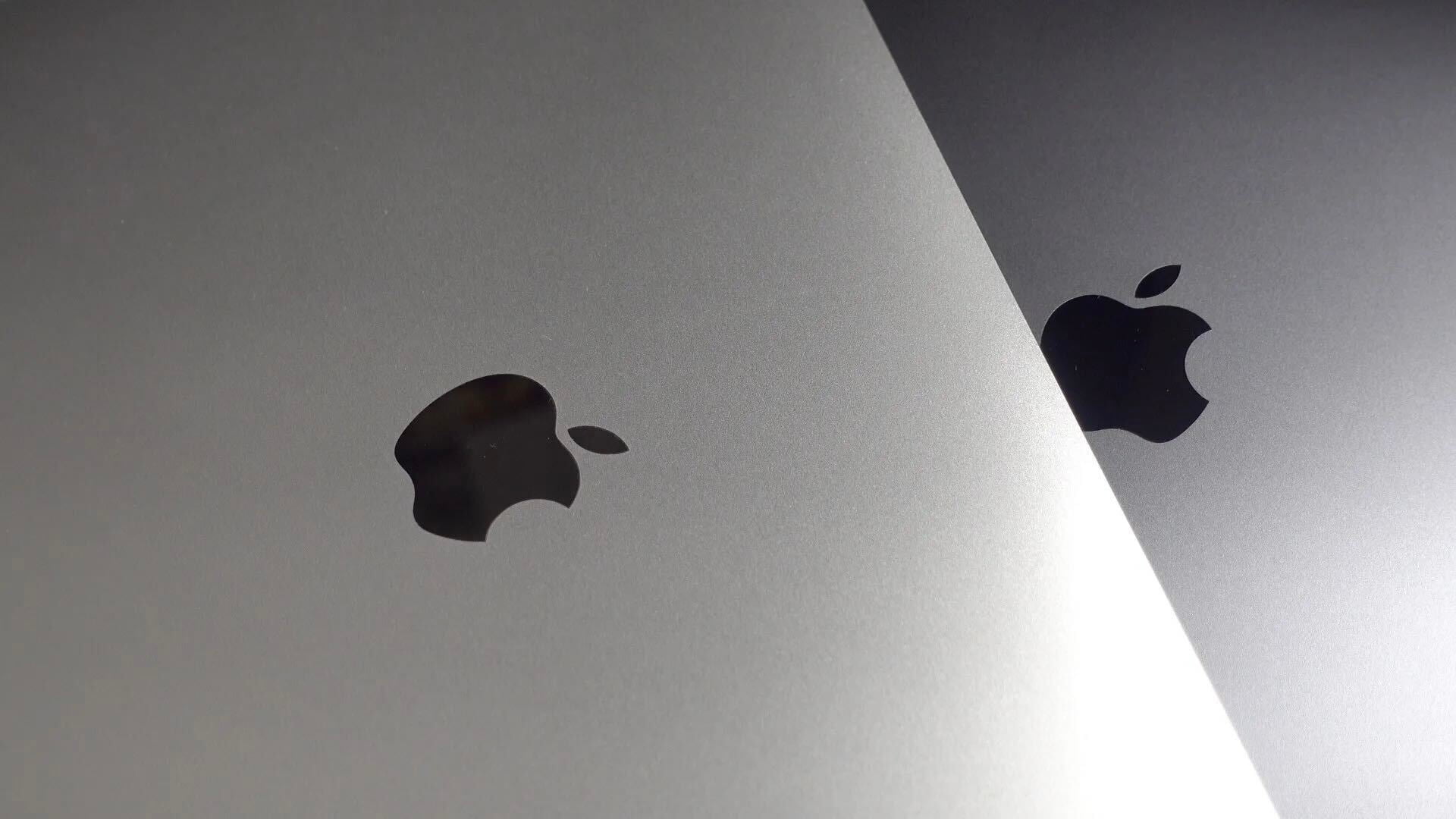
It’s always fun to pause and take a snapshot of all the tools we use for work. I did this twice last year for 9to5Toys and the continuing Behind the Screens series, and in podcast form on Mac Power Users #447 a few months later.
Technology is constantly evolving, though, and if we know what we’re doing, so should our workflows. I’ve been trying different office, hardware, and software solutions this year and want to share a peek at tools I’m using lately.
Office
Upgrading to a standing desk has been the most dramatic change for my office arrangement. I’ve been standing-desk-curious before, but it was the search for a more comfortable chair that actually pushed me to sit less and stand more.
My colleague Chance Miller recommended seating from UPLIFT which makes ergonomic chairs at reasonably affordable prices. I was experiencing back pain with my previous desk chair, and adding unattractive cushioning that needed to be readjusted regularly was not alleviating the pain.
UPLIFT has a whole range of ergonomic seating including chairs and stools with a few premium options over the $1,000 mark. The solution I picked costs less than most iPads (and is currently on sale for the same price as the cheapest new iPad): UPLIFT Pursuit Ergonomic Chair ($329. reg. $599).
Pursuit comes in either black or white, has adequate back and neck support, and lots of adjustable height points. The arm height adjusts a little too easily sometimes as I find myself accidentally shifting an arm down occasionally, but they’re super easy to put back into place. They also rotate outward so they can get out of your way when you need less support.
I especially like that Pursuit rocks and reclines when you want to bounce around, or you can lock it in place if you prefer a fixed position for improved posture.

UPLIFT isn’t only in the seating business. They want you to stand up too. Just like their ergonomic chair line, UPLIFT makes a number of affordable adjustable height desks for prices that aren’t outrageous. The standing desk now I’m now using is the UPLIFT Bamboo Standing Desk (V2 is the current version) which currently goes for under $500.
This includes a very attractive table top, adjustable height legs, and a programmable height controller for switching between sitting and standing modes. It’s a good-looking desk, and the mode-switching is super easy to use.

Everything on my desk remains in exactly the same place regardless of height. This is done in part thanks to a useful privacy screen that mounts to the back of the standing desk and doubles as a cable container.
I have a lot of stuff hidden out of sight back there including a modem, a Thunderbolt G-Drive, and all the cables required for a desktop computer. These cables cleverly run beneath the desk and behind the privacy screen to stay mostly out of sight.
UPLIFT has a huge selection of accessories that help with cable management too, making it possible to do some of the best cable management I’ve ever done.
A cushioned bamboo balancing board complements the desk and serves as a way to stay in motion while working and standing.

There’s even a swivel-drawer that reveals a slot for keeping important cables and adapters.
Give UPLIFT a look if you’re standing-desk-curious or in the market for an affordable ergonomic office makeover.
Hardware
So what sits on top of my desk? The base model iMac Pro paired with a refurbished 21.5″ 4K LG UltraFine display.

I can find a way to do my work on almost any machine, but it’s absolutely easiest on the iMac Pro right now. My last regular iMac had a frustrating Fusion Drive and a noisy fan. The iMac Pro has a 1TB SSD and the fan only fires up briefly under heavy workloads.
The screen real estate is great, but having a second monitor to sling windows to or leave certain apps always viewable is really convenient. The combination also includes a lot of valuable USB-A and USB-C/Thunderbolt 3 ports.

I still prefer Apple’s Magic Keyboard and Magic Mouse for typing and precise input, but the Magic Trackpad is great in apps like GarageBand and Logic Pro X with panning and zooming around waveforms.

9to5Mac Happy Hour and 9to5Mac Daily podcasts are recorded with the Rode Podcaster mic, connected via USB-B to USB-C, relying on Rode’s desk mount solution for keeping its position adjustable.

For scripted podcast recordings, I enjoy using my 11-inch iPad Pro with an app called PromptSmartPro. You feed it text, then its teleprompter feature proceeds through the script based on your speech. It’s really useful. Optionally, the app can project to the LG 4K display for a larger screen thanks to USB-C.

I mostly rely on the iMac Pro speakers for music and podcast listening during work, but I store and charge Beats Studio3 Wireless on TwelveSouth’s Fermata charging stand.

I keep a few accessories in a pencil cup on my desk: Beats urbeats earphones for monitoring my podcast mic while recording, chap stick, scissors, and a knife for opening packages, an old Apple Remote for controlling my iPod Hi-Fi, a Logitech Crayon for testing, and my second-gen Apple Pencil.
I very much like how the new Apple Pencil charges and attaches to the new iPad Pro, but I still don’t use it enough to warrant always having it attached.

I currently have a single Mophie wireless charger for easily powering up my iPhone while I’m working, but I’m considering adding a section charging pad for the newly released AirPods Wireless Charging Case.

I use Linksys Velop mesh routers, but prefer the black versions sold everywhere but the Apple Store. Eve’s HomeKit-compatible air quality monitor is a great way to keep an eye on the office temperature, and the Echo Show is a neat way to test Alexa — plus it looks like a spacey clock.
And yes, I’m a converted Smart Battery Case user. I love the peace of mind of always having battery life when I leave home, and the size for the iPhone XS is very manageable for me.
And there’s the Apple Watch Series 4, currently paired with the newly released-as-a-standalone-band Nike Sport Loop in Summit White.
Camera-wise, the Sony A6500 is my go-to shooter when I’m not using my iPhone.

Oh, and under the desk is a cable management container and a Synology NAS used for Plex, Time Machine, and HomeBridge.

Software
In terms of software, I want to feature the current apps I’m using for my podcast workflow. Shared notes within Apple Notes keep me and Benjamin Mayo in sync on 9to5Mac Happy Hour, and I use iA Writer for writing scripts for 9to5Mac Daily before the end up in PromptSmartPro.

Benjamin’s Tabs to Links app is invaluable for turning a browser full of tabs into a useable list for show notes. Piezo is my audio recording app of choice. QuickTime can get the job done for free, but Piezo has some controls and elements that make it more reliable and easier to use.

Projects are edited in Logic Pro X, then audio is processed in Auphonic Leveler, then encoded as an MP3 in Forecast before being uploaded and hosted on WordPress.
I mentioned the external 4TB Thunderbolt 3 G-Drive before. That’s used to keep my 25,000 photo and 2,000 video iCloud Photos library downloaded locally. My iTunes music and movies library is also stored locally on the Thunderbolt 3 drive. It’s not SSD so it’s noisy, but it’s kept off my desk.
The Synology has 8TB storage total which I use in part to back up the Mac SSD and connected hard drive using Time Machine. It’s an always-on server too which makes it great for running HomeBridge, which I use to add HomeKit features to my non-HomeKit LG OLED TV. The extra storage is dedicated to my shared video library which family and friends can access easily using Plex.
Want more behind-the-scenes tours? Check out these stories:
- Behind the Screens: Zac Hall’s blogging and podcasting workstation
- Behind the Screens: Zac’s HomeKit-equipped mini office gym
- 9to5Toys — Behind the Screens
FTC: We use income earning auto affiliate links. More.










Comments